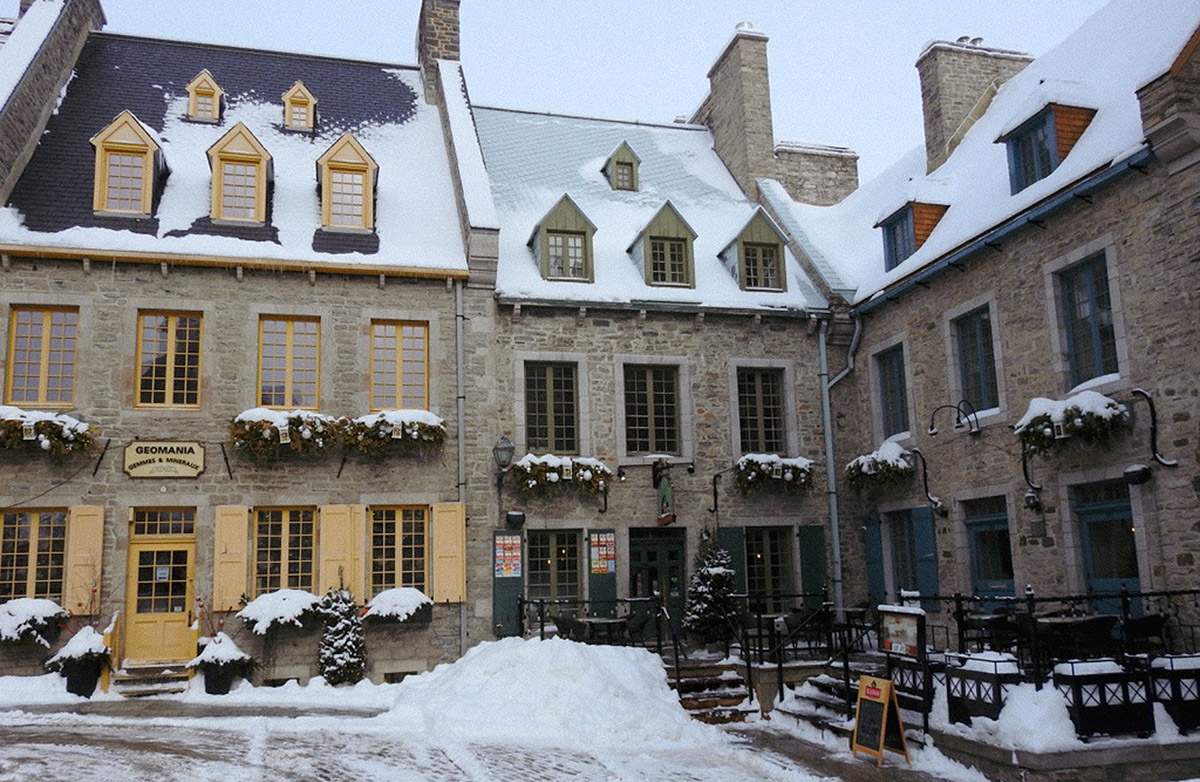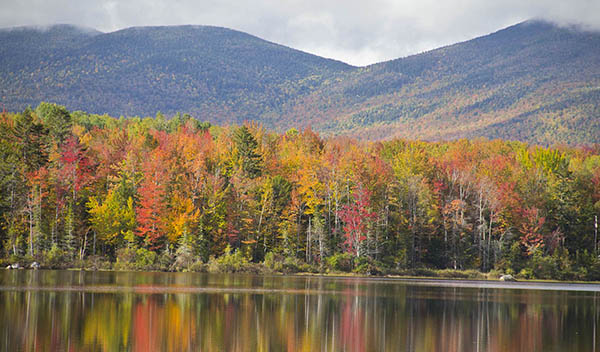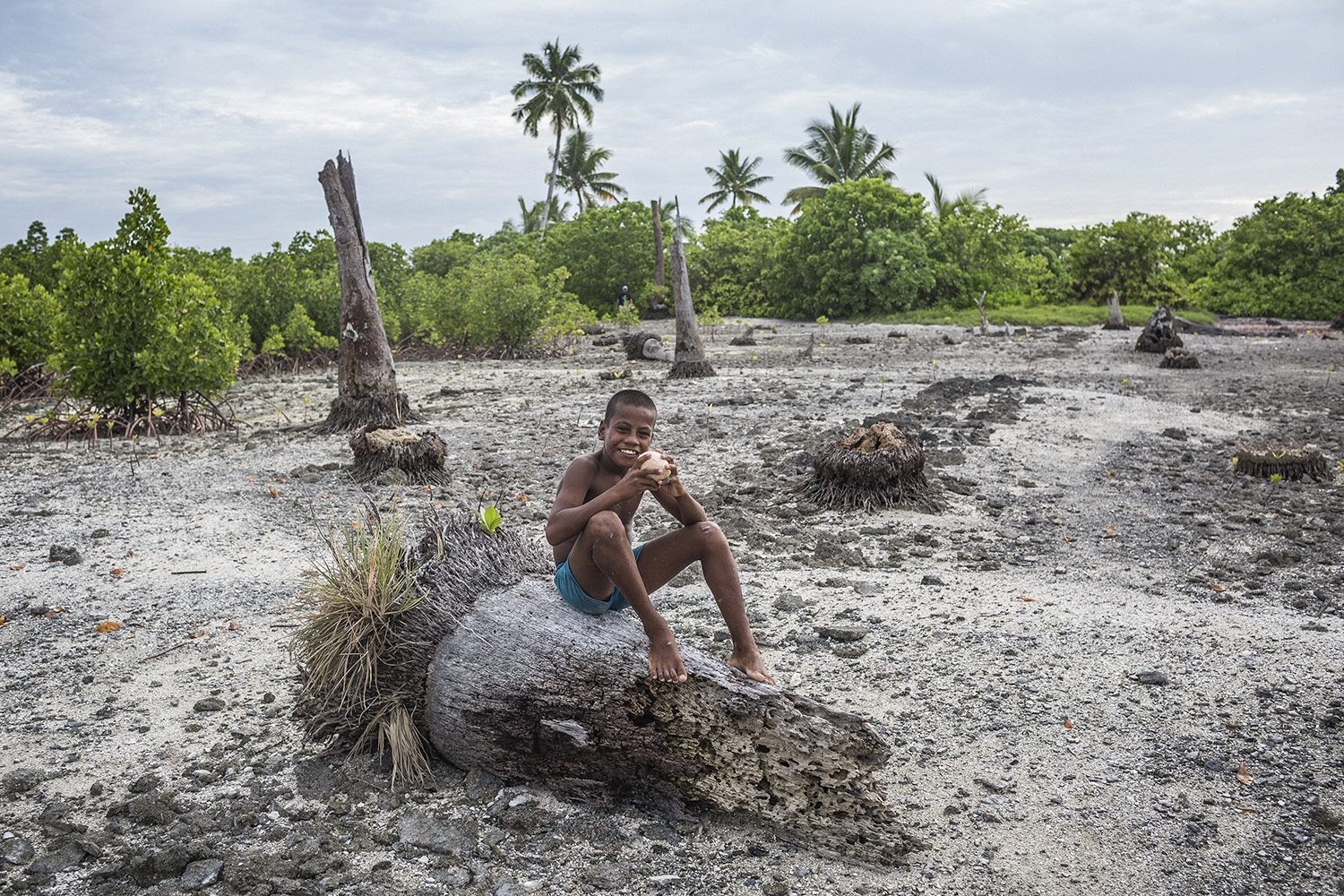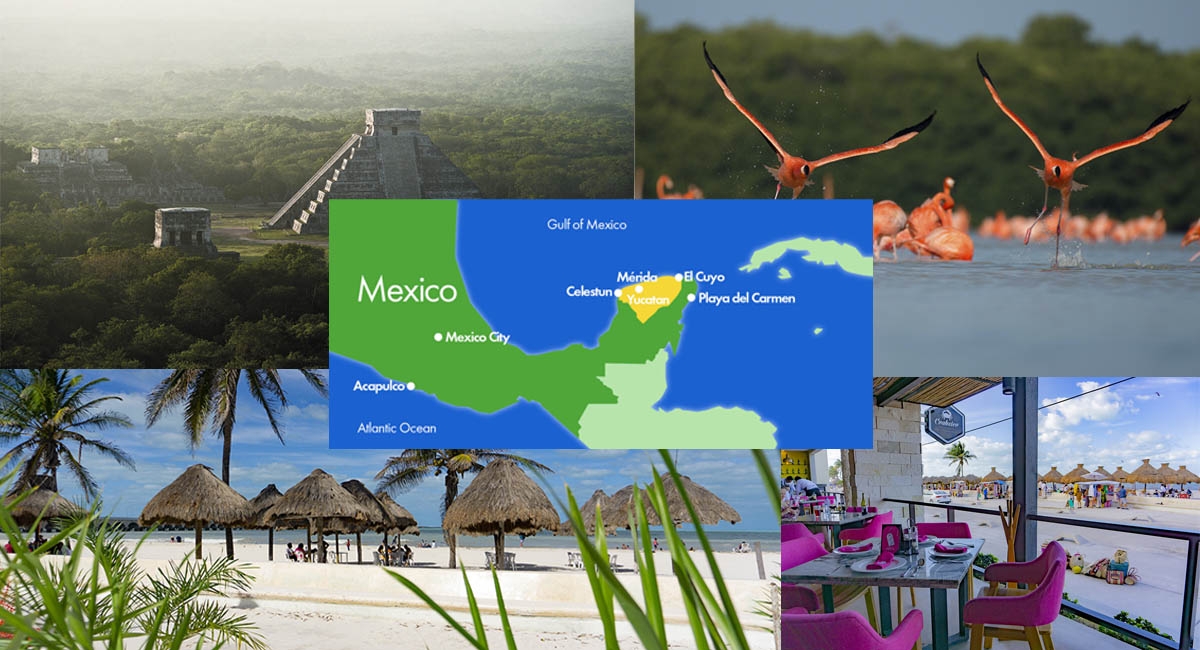
Sole to Soul: A Journey of Self-Discovery on the Camino de Santiago
One evening in the 9th century, a Galician hermit saw an abnormal field of stars. Beneath them lay the final resting place of Saint James and two of his disciples. He immediately informed the local bishop of his discovery and confirmed that the remains were indeed St James’. When the King of Asturias, Alphonso II heard of the discovery, he commissioned the construction of the city of Campus de Ia Stella (now called Santiago de Compostela) and built a monastery for St James’ sepulchre. Soon after, pilgrims began to journey to the city for a glimpse of the tomb. It became so popular by the Middle Ages that half a million pilgrims made the journey each year. Its popularity continues to this day.
When I first learned about the Camino de Santiago, I did not have any desire to embark upon a two-week hiking trip. A 14-day walk with physical pain and sharing hostels with strangers did not initially appeal to me, but as I heard compelling accounts of strangers befriended on the trail and the peace found in the wilderness, I became increasingly convinced. I was also drawn by the physical challenge to see how my body could endure two weeks of hiking 25-30 kilometres a day.
I decided on one of the more challenging routes called the Camino Primitivo. The schedule and hostel were planned by The Pilgrim Ways, a guided retreat dedicated to “intentional yet sensitively designed programs to stir the spirit while respecting individual spiritual journeys.” Just like the tales I heard, I was impacted by the stories and kindness of strangers and the silence found in the beauty of this historic trail. Before our pilgrimage began, we were reminded that the Camino is what you decide to make of it. With an open mind, I was surprised by the peace and rest found with one of the greatest physical challenges I’ve endured.
Day 1: Oviedo to Casazorrina

ABOVE: Some of the delicious food and cider found in Oviedo’s Calle Gascona.
I began my journey in Oviedo, which was founded by two monks in 761 and later became the capital of Asturias. As one of the starting points of the Camino, the city offers many sites, such as the Cathedral of San Salvador and the Sudarium, a bloodstained cloth allegedly wrapped around the head of Jesus as he died. Oviedo is also known for its cider houses found on Calle Gascona. Asturian cider is both a drink and an experience. The cider must be poured with a specific arm position and distance and consumed quickly, making it a memorable pre-Camino experience.
On the first day of the Camino, we took a bus from Oviedo to Grado. As I looked out the window, I felt the strain of the journey ahead as I realised what would soon take me hours to walk would take only minutes by transportation. The pilgrimage began with a 5km climb to Alto de Fresno, soon followed by one of the many UNESCO World Heritage Sites on the trail, Monasterio de San Salvador de Cornellana. According to legend, a bear nursed the Infanta Cristina after she got lost in the nearby woods. Out of gratitude, she founded the Cornellana Monastery in honour of her bear protector.
Day 2: Casazorrina to Tineo

ABOVE: Delicious fabada stew after a long day on the trail. RIGHT: Tineo’s picturesque buildings resting in the backdrop of mountains.
Day two began with a quiet walk next to the Nonaya River, enshrouded in the beauty of oak and chestnut trees. This trail became one of the most memorable as we walked over 17th-18th century bridges overlooking hillsides with incredible views of the valley and beyond.
The colourful buildings and aesthetic streets of Tineo welcomed us after the day’s journey. Tineo is the perfect destination for hungry travellers as it’s known for its iconic stews called fabada. Local sausages add the perfect flavour as the town abounds with butcher shops, chorizo and black puddings.
Day 3: Tineo a Colinas de Arriba

ABOVE: The ancient monastery of Santa Maria Real de Obona. RIGHT: An early morning sunrise over Tineo.
We embarked from Tineo on a pleasant country lane towards the ancient monastery of Santa María Real de Obona, a national monument. Although likely founded in the 13th century, most of the current construction dates from the 17th century, which is also home to the oldest reference to Asturian cider. This Benedictine monastery served as a centre of learning for Latin, philosophy, and theology and provided support for pilgrims with its hospital. Documents written by King Alfonso IX threatening anyone who diverted pilgrims from their route to Santiago are also housed in the monastery. Unfortunately, the building is currently abandoned and drifting towards a dilapidated state. The remainder of the day defined the essence of the early stages of the Primitivo with its ecological richness, fauna and flora, and landscapes.
By the third day, we became more familiar with the few other pilgrims walking along the trail with us and began to learn their stories. People were often transparent about their reasons for embarking on the Camino, which opened the door to honest conversations. One of our newfound Australian friends asked for eight weeks off work to take time to process the loss of her brother, while others were there for a religious experience or to receive redirection in life. These conversations would become one of the most meaningful parts of the Camino as the surrounding nature provided rest for everyone who walked its trails, no matter their reason for embarking on the journey.
Day 4: Colinas de Arriba to Berducedo

ABOVE: The Medieval hospital that welcomed pilgrims on this peak for centuries. RIGHT: One of the most rewarding views on the Primitivo.
Day four was by far one of the most rewarding parts of the trail as we headed towards the top of Hospitales. For an hour, I walked alone through pine trees, which eventually gave way to an open trail with one of the best mountain views of the trek. At around 4,000 feet, we reached the summit marked by a cross overlooking incredible views of clouds and mountains, awash with sunlight. The summit is also home to the ruins of medieval hospitals. Like much of the ancient infrastructure on the Camino, the hospital was constructed by the “Order of the Poor Knights of Christ and of the Temple of Solomon.” The Christian military order protected the safety of the pilgrims, aided by their knowledge of Arabic numeration, to build needed infrastructure along the route.
Day 5: Berducedo to Grandas de Salime

ABOVE: Views along the trail.
The first part of day five led to a steep ridge covered with flowers overlooking windmills. The terrain shifted into a long descent towards a reservoir, sheltered from the sun by outstretched branches and the tunes of the songbirds. The peaceful walk opened to an iron door carved into the rock and a platform overlooking the reservoir. Then began the ascent towards Grandas de Salime, enshrouded with more trees which protected me from the sun.
Day 6: Grandas de Salime to A Fonsagrada
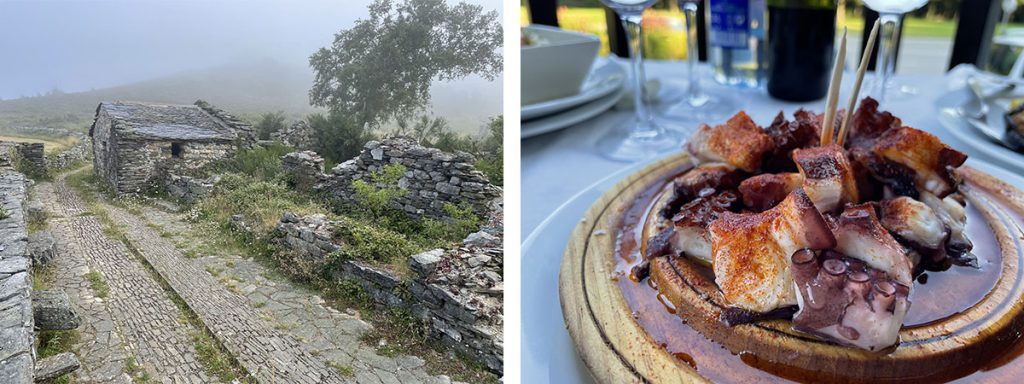
ABOVE: Old Celtic fort and settlement.
The long and progressive ascent to Alto del Acebo (the mountain range which separates Asturias and Galicia) occupied half of our day. Near the hamlet of Castro stood a 3,000-year-old Celtic fort and settlement, now converted into a museum. Gentle hills and meadows greeted us on the road toward the pass, where we descended into Galicia. The region has its own distinct language dialect, and many place great pride in their Celtic roots. Upon arrival in A Fonsagrada, weary travellers are met with a variety of Galician culinary delights like Octopus, Celtic Pork and a traditional almond-cream cake.
Day 7: A Fonsgrada to O Cadavo (Baleira)

ABOVE: The 14th century Montouto Hospital and large stone of a Neolithic Dolmen.
My first fully Galician day consisted of dirt tracks turned muddy by heavy rain. However, the misty road ahead added a different experience to the trek. The ruins of the 14th-century Montouto Hospital and the large stones of a Neolithic Dolmen were the historical highlights on this cloudy trail.
Day 8: O Cadavo (Baleira) to Lugo
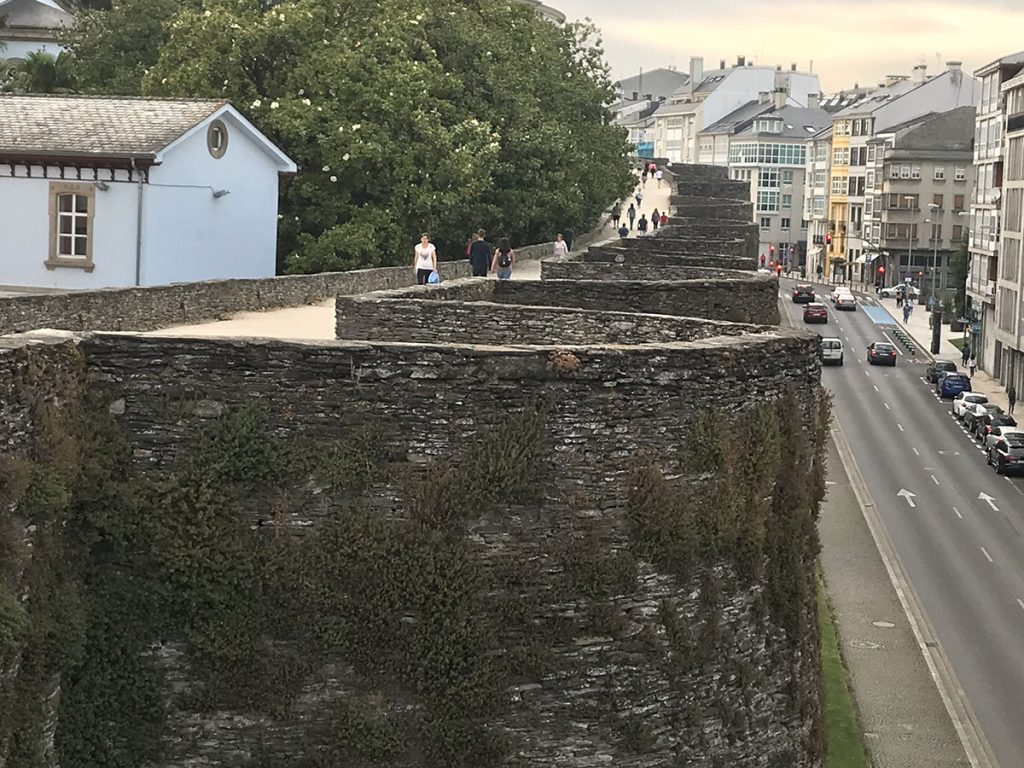
ABOVE: Lugo’s ancient walls in the city centre.
On day eight, we embarked on one of my favourite stops on the Camino Primitivo, Lugo. The cities’ Roman walls proudly greeted us. Walking along the ancient walls was a highlight despite the pain in my feet. Lugo is also known for its “cocido Gallego,” one of the best-known Galician stews made with local sausage, turnip greens and vegetables. We spent the night bar-hopping for tapas between old buildings and enjoying stunning sunset views from the Roman walls.
Day 9: Lugo to Ferreira

ABOVE: Ancient Roman bridge.
The walk to Ferriera crossed over a small Roman bridge, a reminder of the timelessness of the trail. Halfway through the walk lay the unique, enigmatic Paleo-Christian Temple of Santalla de Boveda (from the 3rd or 4th century). We spent the remainder of the day passing through remote communities, lost in thought.
Day 10: Ferreira to Boente
Day ten was when I began to face challenges. Some of my newfound friends and I decided to climb a set of rocks on the last high point on the trail overlooking the mountains. Although worth it for the view, my phone disappeared from my backpack, and I was left separated from the rest of our group without a map or a clue of where we were staying in Boente. Due to my situation, I skipped through most of Melide and sadly missed several historical points of interest. However, my state of utter desperation led me to befriend an amiable and energetic group of Spaniards who walked with me to every single hostel in Boente, calling out the names of my family until I found the rest of my group. This was just a snapshot of the kindness and humour that many pilgrims carry with them on the Camino.
Day 11: Boente to O Pedrouzo
By day 11, the pain in my feet became quite unbearable. I soon realised that there was a reason I was the only member of our group wearing big hiking boots (Hokas are a much better choice). Halfway to O Pedrouzo, I discovered multiple golf-ball-sized blisters on my feet and spent the afternoon at our hostel trying to get my feet back in walking shape. However, despite the pain, I was comforted by the variety of food and services along the way, nearby meadows, forest and calm dirt tracks.
Day 12: O Pedrouzo to Santiago
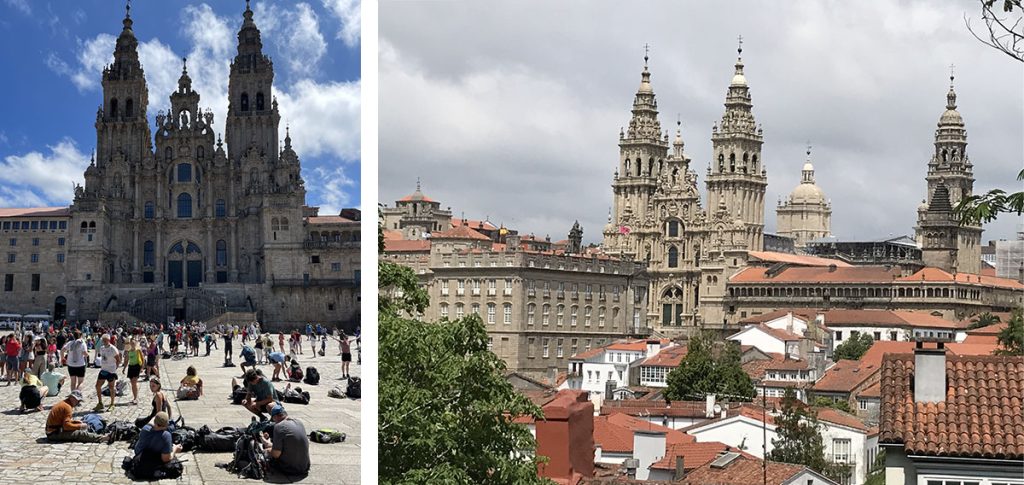
ABOVE: Santiago’s famous cathedral with pilgrims soaking in their accomplishment.
Unfortunately, I was in so much pain I could not finish the trail to Santiago. In contrast to the 14th-century monuments in the earlier segments, we winded past the airport, residential areas, highways, and businesses on the final day. Upon arriving by bus in Santiago, I was revitalised by positive energy and enthusiasm as many pilgrim groups rejoiced in their accomplishment of reaching Santiago. The building anticipation, after so many kilometres and difficulties, becomes palpable.
We enthusiastically followed the signage and crowds straight into the Plaza del Obradoiro to see the cathedral, home to St. James’ sepulchre. We spent the afternoon attending the pilgrim’s mass and wandering the streets of the Old Town, one of the best preserved in Europe.
After the final day in Santiago, I returned home feeling like a different person. Deep conversations with other group members and some of the most stunning natural scenery brought new insight into my life. Just as impactful were the quiet mornings I solo hiked. Never before had I experienced the chance to be alone with my thoughts, with no other requirements except to keep moving forward.
For two weeks, my life was on pause as I appreciated the world around me and considered the type of person I wanted to become when I returned home. It was a time to rest and let go without the distractions of everyday life.
For anyone who desires a two-week physical challenge with a side of transformation, the Camino de Santiago is for you.

